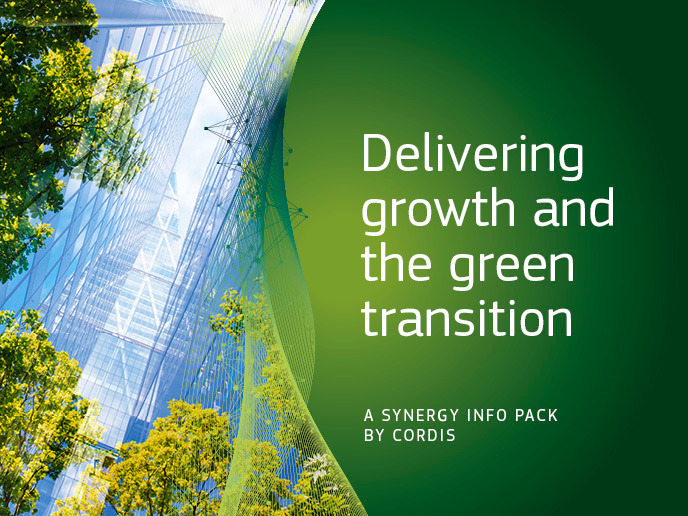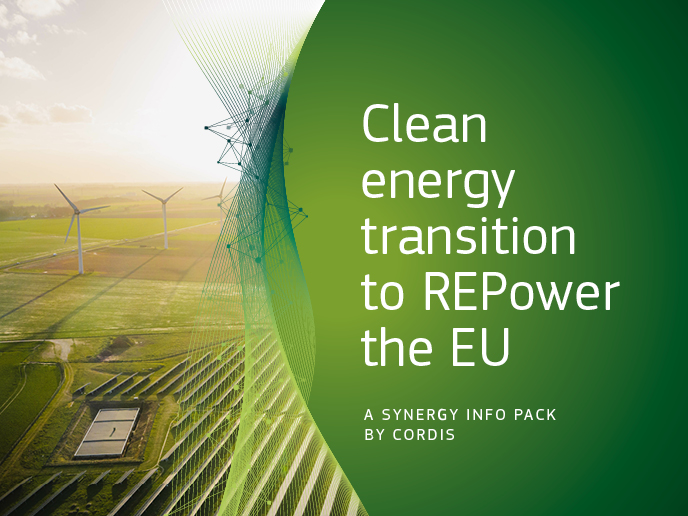Palm hydraulics reveals forests' response to climate change
Forests, particularly tropical forests, play a critical role in modulating climate. In turn, they are significantly affected by it due to their integral role in the carbon and water cycles. However, current climate models do not take into account individual plant species. Palm trees are ‘hyperdominant’ in tropical forests, yet little is known about their water transport mechanism. With support of the Marie Curie programme, the PalmHydraulics project set out to apply cutting-edge technology to reveal palm trees’ unique hydraulic functioning and its relation to climate-related distribution and density. Overcoming challenges Although palm species are largely absent in Europe, botanical gardens and herbaria house a wealth of living and dried palm collections. PalmHydraulics, under the guidance of project coordinator Royal Botanic Gardens, Kew, took advantage of this treasure. With subjects secured, scientists turned to the phenomenon of interest, embolism formation. In plants, an embolism or obstruction to flow is caused by a water-column breakage that occurs when the tension in xylem vessels becomes too high. This cuts off flow to the leaves and above-ground parts from the roots. Understanding embolism formation in plants is a key piece in the climate-change puzzle as it is often a survival response in arid environments. However, studying fluid transport in plants in vivo is inherently quite challenging. Sectioning the plant would bring the extremely high-water tension to zero, eliminating the phenomenon of interest completely. PalmHydraulics researchers took advantage of two recent advances to overcome this barrier. As grant recipient Thaise Emilio explains, “A novel optical visualisation technique measuring the light transmission through vessels allowed us to visualise embolism formation and estimate drought-induced embolism formation for species where previous methods have failed.” Secondly, the team exploited access to a cutting-edge synchrotron facility to perform X-ray plant tomographies at micrometric resolution in a matter of minutes. Imaging the intact palms as they dried out and then making 3D reconstructions of the process enabled them to visualise for the first time what happens inside palms during desiccation. New insight on reaction of palms to water scarcity The cutting-edge in vivo techniques enabled scientists to show that palms can be as resistant to drought-induced embolism as other flowering plants and conifers in the same biomes. Further, researchers showed the mechanism responsible for their drought resistance is delayed embolism onset related to tissue capacitance. Studies of global palm distribution and traits demonstrated that palms tend to colonise hot and wet biomes. Further, Emilio says, in contrast to expectation, “palms in drier biomes have traits that maximise transpiration, suggesting they are geared for using large amounts of water to keep temperature of the leaves under control, not to save water as other plants in dry and hot habitats do.” Aside from enhancing fundamental knowledge of hydraulic functioning in palms, outcomes will have practical value for industry and securing food supplies (for example, coconuts, dates and açais are palms). Perhaps most importantly, global climate is largely dependent on tropical forest functioning in which palms play a dominant role. PalmHydraulics results will improve Earth system models for weather forecasting and climate modelling, addressing the pressing issue of global climate change.







